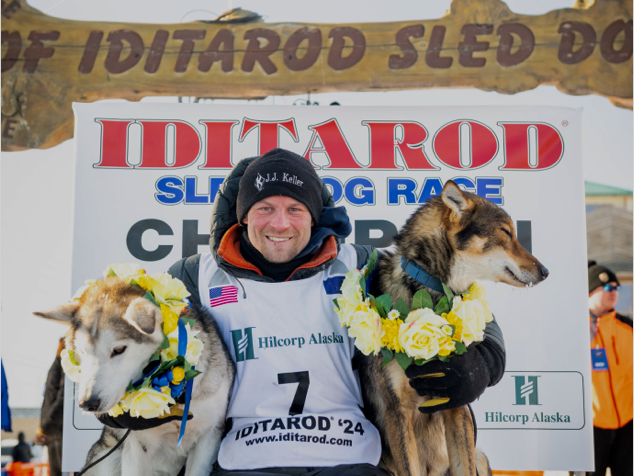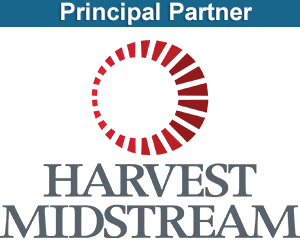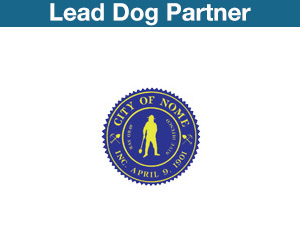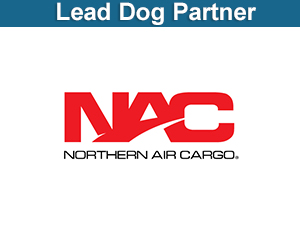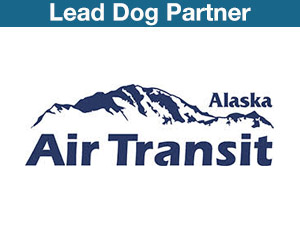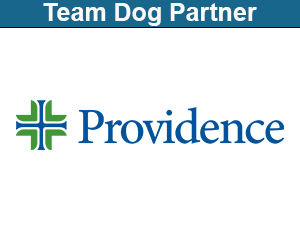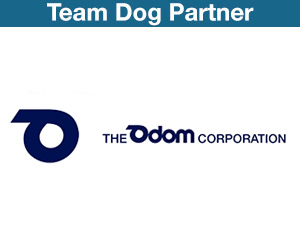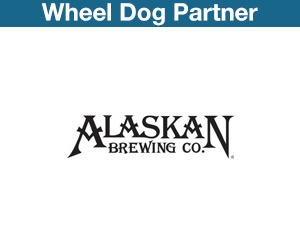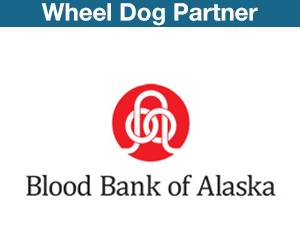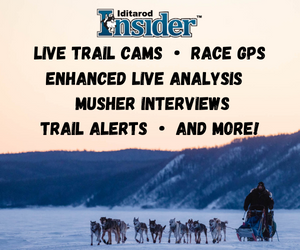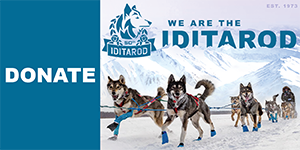Between the Musher Banquet in Anchorage where start order was determined and the Finisher’s Banquet in Nome where stories were shared and mushers were honored, many miles have passed under the sled runners. While the line on the map is the same for every musher, the journey is entirely unique.
It was one of the smallest fields in race history, just 38 which is six more than started in the inaugural Iditarod of 1973. Is bigger always better? Not according to many of the mushers who enjoyed their “space” not only in checkpoints or while camping along the trail but while running on the trail as well. Ask a volunteer who worked the race in 2008 when 96 mushers took to the trail and compare their observations with a checkpoint volunteer from 2024. You’d hear we didn’t have anywhere to park the teams in 2008 to we could spread teams out so they had a good quiet place to rest in 2024. Not to mention, less wear and tear on trails in the Steps, down the Gorge and through the Burn so the back of the pack experienced better trail conditions.
This was a year of Iditarod firsts! The 38 teams that began the race in Willow all made Ruby, the first checkpoint on the Yukon River at mile 495, before anyone scratched. Records are easily accessible back to the 2000 race and that’s a first in the past 24 years and likely for the race.
Mushers were again allowed to start with up to 16 dogs. In 2019, the maximum number changed to 14 dogs, the same as the Yukon Quest starting number. After a five year trail, the number returned to 16.
This is the first time in race history that four women, Paige Drobny, Mille Posild, Amanda Otto and Jessie Royer, have placed in the top ten. Three women claimed spots between 10th and 20th place, rookie Josi Thry, re-rookie Gabe Dunham and Jessica Klejka. That’s seven women finishing in the top twenty!
Now there is a new winningest Iditarod musher – Dallas Seavey. Rick Swenson stood alone as the only five time champion from 1991 until 2021 when Dallas Seavey earned his fifth Iditarod crown to tie. Swenson accomplished the five win milestone in a span of 14 years. Seavey accomplished his five victories between 2012 and 2021, just nine years. With this sixth win, Dallas at the age of 37 owns the record of most Iditarod crowns which he earned in a span of just twelve years.
There’s one more remarkable accomplishment to mention – Emily Robinson’s third Jr. Iditarod championship. Emily, age 16, tied Tim Osmar’s record for three consecutive Jr. wins set back in 1982, 83 & 84. Robinson is eligible to run Jr. Iditarod again in 2025 at the age of 17. Emily is the first and only female to win consecutive races in Jr. Iditarod history.
Some of the special Iditarod awards presented are for arriving first at a checkpoint like the Alaska Air Transit Spirit of Iditarod Award going to the first musher arriving in McGrath or the GCI Dorothy G. Page Halfway Award given to the first musher to Cripple. Other awards are bestowed based on actions or skill demonstrated during the race. Various groups nominate and decide on recipients for these awards. The stories behind these “chosen” awards were shared by the recipients during the presentation. Here is the rest of the story.
For a complete list of 2023 musher awards from Honorary Musher to Red Lantern, click the link or go to the Race Center pulldown menu and select Special Awards.
– Nome Kennel Club Fastest Time from Safety to Nome –
Nicolas Petit covered the 22 mile distance in 2 hours and 18 minutes. This is the fifth time Nic has won the award. In 2018, Nic covered the distance in 2 hours and 9 minutes. He’s hoping someday to break that record. Nic fell short of that goal by nine minutes but he’s game to try again next year. Nic received a check for $500.
– Most Improved Musher Award –
Wally Robinson ran his first and only Iditarod back in 2001 placing 40th. Unexpectedly, Robinson found himself running the 2024 race, stepping in for the injured Josh McNeal. Finishing in 11th place, Wally improved 29 places from his previous race. Wally received $2,000 in cash and a commemorative trophy.
– Donlin Gold Sportsmanship Award –
Race Director, Mark Nordman received a text from Hunter Keefe who scratched from the race asking Mark to consider Matthew Failor for the Sportsmanship Award. Hunter said even on his worst day he wasn’t alone. All the mushers helped him, but Matthew was exceptionally helpful. Matthew Failor was chosen to receive the Sportsmanship Award and received a check for $3,000.
– Hilcorp Alaska Most Inspirational Musher Award –
The Most Inspirational musher is Jessica Klejka. Jessica took a little extra rest at many checkpoints along the trail. It not only paid dividends for her dogs but for Jessica too. She said, “Iditarod is hard and being pregnant is hard. I wouldn’t recommend them together. Jessica received a paid entry for the 2025 Iditarod.
– Northern Air Cargo Herbie Nayokpuk Award –
As a person who emulates “Herbie” the Shishmaref Cannon Ball in his or her attitude on the trial, Matthew Failor was chosen by race staff and officials to receive this honor. Herbie, a musher’s musher, was known for his smile, enthusiasm, competitiveness, sportsmanship, indomitable spirit, dog care and willingness to share the sport with young mushers. To be like Herbie is a real compliment. Matthew received a Northern Air Cargo Jacket with $1,049 dollars in pocket change.
– Leonhard Seppala Humanitarian Award presented by the Pike Dog Wellness First Initiative –
Wally Robinson, the 11th place finisher, was honored with the Humanitarian Award. Wally finished with 14 dogs in harness, more than any other musher. This recognition often means more to mushers than winning the race. The award goes to a musher who finishes in the top twenty. The winning musher is determined by a combination of votes from trail veterinarians and independent scoring of the teams by three veterinarians in Nome who assess the athletes on hydration, attitude, body weight and gait. Wally said, “Jeff King once told me to treat my dogs like fine china. Pay attention to every detail.” As the winner, Wally receives a trophy and a paid entry fee for the 2025 Iditarod.
– The Golden Clipboard Award –
The award presented by the Iditarod Official Finishers Club goes to the checkpoint the mushers feel is the most helpful along the trail. The checkpoint at Ophir is located at Dick and Audra Forsgren’s cabin. The family has hosted the checkpoint since the first race in 1973.
– City of Nome Lolly Medley Memorial Golden Harness Award –
Dallas Seavey’s leader Aero, received the Golden Harness Award. Seavey’s leaders, Sebastian and Aero make a great team. Seavey said, “Sebastian is serious and determined while Aero is a ball of fun. Every mile is the best mile ever.” The recipient, not limited to the champion’s leaders, is chosen by mushers and given the embroidered golden harness as the most outstanding lead dog. The harness is presented in honor of the late Lolly Medley, a Wasilla harness maker and one of two women to finish the second Iditarod in 1974.




